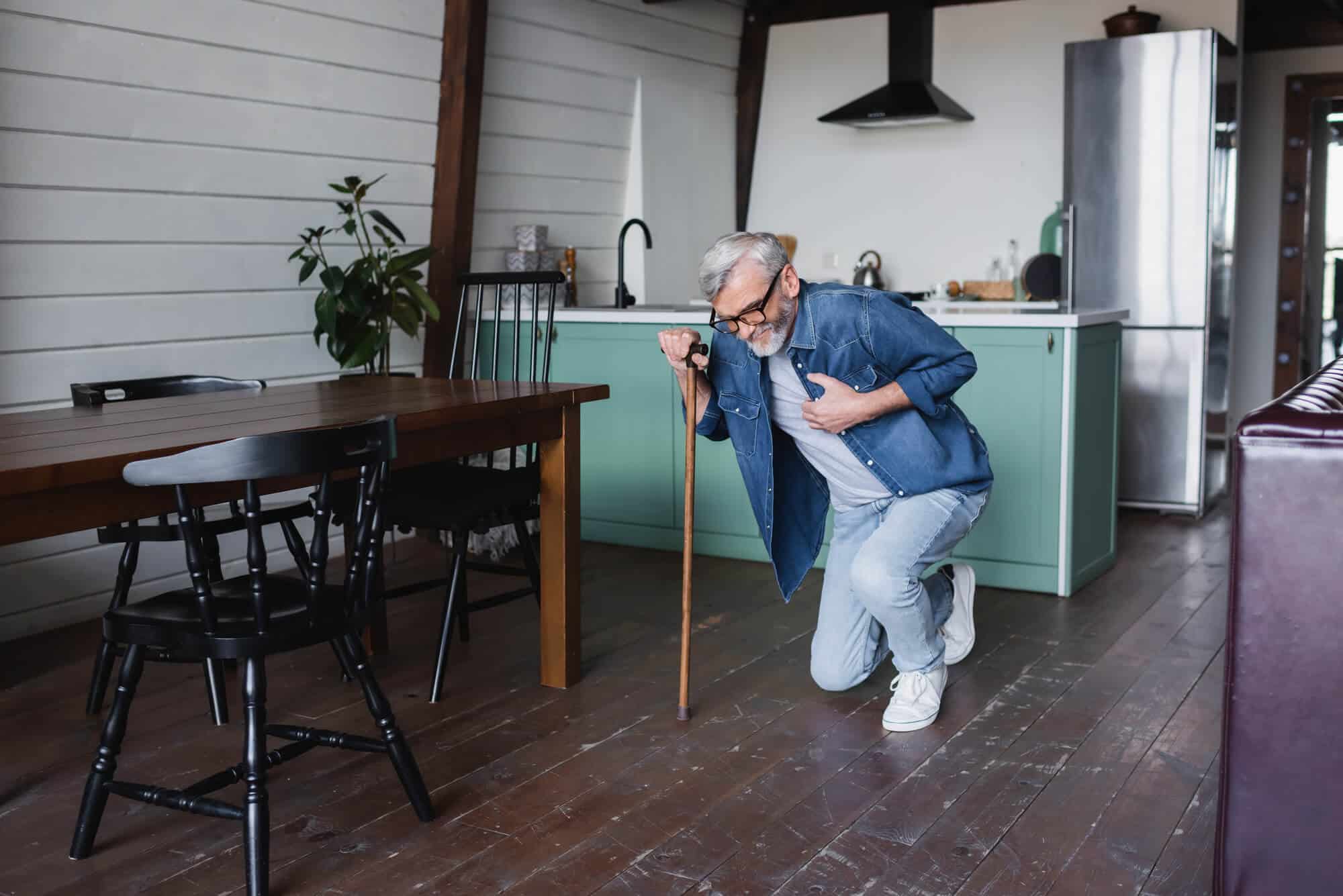The researchers found that weak stimulation of the cognitive area in the brains of the elderly improves performance in a combined activity of walking/standing stable with a cognitive task. The researchers: "This is a very safe treatment, and we hope that in the future people will be able to perform it themselves at home."

Researchers at Tel Aviv University, led by Prof. Jeff Hausdorff from the Sackler Faculty of Medicine, from the Segol School of Neuroscience, and from the Tel Aviv Medical Center, examined the effect of weak and non-invasive brain stimulation on the ability of the elderly to simultaneously perform a walking task and a cognitive task - A double action that is a measure of their overall function.
The study revealed that stimulating the cognitive area of the brain responsible for executive function significantly improves the performance of the dual task in the immediate term. Prof. Hausdorff: "We hope that a series of treatments may lead to similar positive results in the longer term. This is a very safe treatment, and we hope that in the future people will be able to perform it themselves at home."
Researchers from Harvard University, from research and medical institutions in the USA and Spain, and from the Tel Aviv Medical Center (Ichilov) participated in the study. The article was published in the Annals of Neurology of the American Neurological Association.
Prof. Hausdorff: "Dual tasking of walking and a cognitive task involves the ability to split attention. It is known that difficulty in performing the dual task indicates existing and/or future problems in both functions in the elderly, and specifically an increase in the risk of falls, which have negative consequences Many are difficult in old age. We asked to test a treatment using non-invasive electrical stimulation of very low intensity in different areas of the brain, in the hope that it would improve the ability to perform both actions at the same time."
57 people over the age of 70 participated in the study, and each of them experienced 4 different treatments: placebo, which should have no effect at all; stimulating a cognitive area in the brain related to executive function and the ability to divide attention; stimulation of a motor area in the brain related to walking; and combined stimulation of both areas - cognitive and motor together. Each treatment included non-invasive stimulation, with a very weak electric current, for 20 minutes. Immediately after the treatment, the performance of the subjects was tested in a double task of walking and stable standing with a cognitive task.
The study revealed that the stimulation in the cognitive area - whether by itself or in combination with the motor area, reduced by about 50% the negative effect of a parallel cognitive task on walking speed and standing stability. In contrast, stimulation of the motor area alone did not affect the subject's abilities. The researchers explain that since the stimulation is of very low intensity, it does not activate neurons in the brain, but only increases their excitability. In other words, it makes it easier for the patient to activate those neurons in his brain.
Prof. Hausdorf concludes: "In our research, we showed that weak stimulation of a certain cognitive area of the brain can improve the performance of the elderly in the dual task of walking and standing while dealing with a cognitive task, at least in the immediate term. We hope that a series of treatments of this type may lead to similar positive results in the longer term: improve stability and walking, reduce the risk of falls, and perhaps also improve cognitive function among the elderly. This is a very safe treatment, and we hope that in the future people will be able to perform it themselves at home. In addition, it is possible that in the future it will be possible to combine this type of treatment with exercise and other interventions to improve walking and reduce the risk of falls. There is evidence that combined treatment may be most effective, but more research is needed to test this."
In the future, it will be interesting to combine this type of treatment together with physical activity and other forms of intervention to improve walking ability and reduce the dangers of falling. There is already some evidence that the combined treatment will be optimal, but more research is still needed.
Another study by Prof. Jeff Hausdorf on improving the mobility of the elderlyPublished in: CELL REPORTS.
Research

One response
The society around us "doesn't like" adults. Despite this, we (I'm 72+) do a lot to survive and even more so: to continue a fruitful and fulfilling life. This experiment, the results of which are certainly optimistic, must help us in knowing the limitations, but also in striving to overcome them. For me, this is his main strength. Before we can create this or that treatment for ourselves (that someone will already make considerable speculative profits on it...) we should just go out and exercise: by walking, running, exercising muscles or any type of activity. All of these will achieve similar goals to those presented in this article.